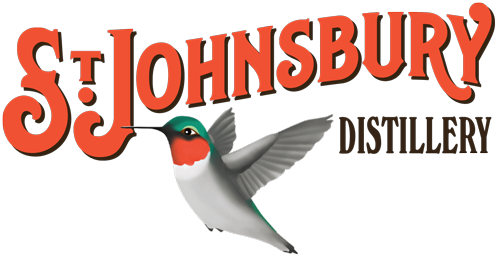What is in a Barrel?
Many people observe a clear association between wood barrels and the production of aged spirits. However, that is where consideration stops for many drinkers. In reality, when it comes to aging spirits the barrel has as much, if not more, to do the with final product than the spirit itself. When selecting a barrel for a spirit there are many factors to consider. Some of these factors include the time a spirit spends in the barrel, the size of the barrel, and the char of the barrel. Each of these factors can make an impact on the final product. Time in the barrel is perhaps what many enthusiasts recognize the most when it comes to aging. So much so that if a bottle advertises any attribute to the aging process it is most often an age statement. If you were to see an age statement on a bottle (for example, 2 years) that implies that any spirit within that bottle has been aged for a minimum of that age statement. It is a common misconception that the longer a spirit spends in the barrel, the more impact it receives. In reality, this is where other factors play a large roll in the impact on the spirit. For example the size of the barrel: If a barrel is smaller it increases the surface area of contact with the spirit. In other words, it changes the ratio of spirit and barrel. A higher ratio of the spirit is in contact with the barrel, and in turn, it has a stronger impact. This means that you can actually see a stronger barrel impact in less amount of time with smaller barrels. Another factor that will impact aging is the cook on a barrel. When a barrel is crafted, before it is sealed, coopers (barrel makers) burn the inside of the barrel. There are different levels of burn, from a light toasting to a level 4 char (also called alligator char). These different levels of burning the inside of the barrel have different impacts on the spirit. The higher a char the more dramatic the barrel notes, often increasing in common barrel flavors, such as vanilla or caramel, as well as increasing the more spicy or earthy notes that can often accompany a barrel aged spirit. Not surprisingly these different char levels also affect the aging time. It is for this reason that our Reserve Gin (60 Lt./Level 3 char Barrel) can achieve a darker color with heavy barrel notes in only three months, compared to our Backwoods Reserve Rum (110 Lt./Toasted Barrel) that ages for two years.

